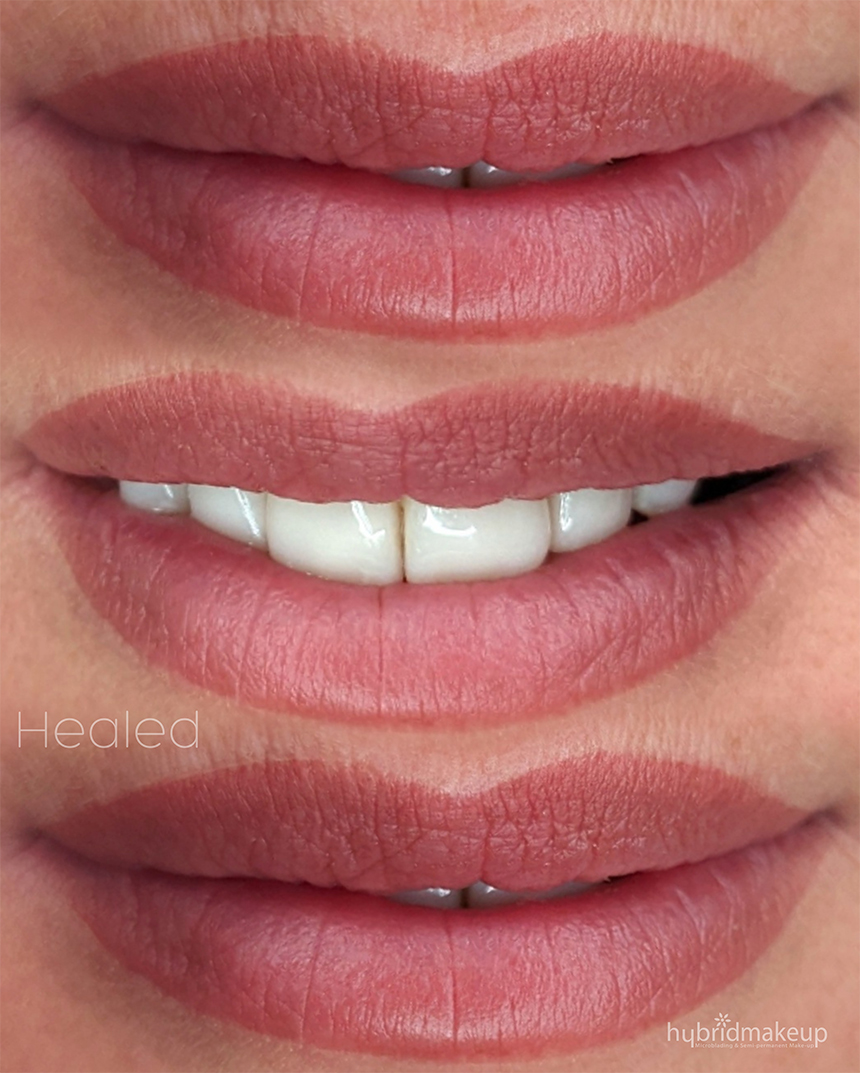Debunking the Myth: Permanent Makeup Can Look Completely Natural
 Are you hesitant about getting permanent makeup because you've heard it might look unnatural? Let's debunk this common myth!
Are you hesitant about getting permanent makeup because you've heard it might look unnatural? Let's debunk this common myth!
Myth: Permanent Makeup Looks Unnatural.
Fact: It Can Be As Natural As You Want.
Permanent makeup, when done by a skilled and experienced technician, can look incredibly natural. The key lies in the artistry and technique applied. Here's why:
Customisation: A professional artist will work closely with you to understand your preferences, ensuring that the colors and shapes chosen complement your unique features.
Advanced Techniques: Modern permanent makeup techniques have come a long way. Feathering, microblading, and other methods mimic the appearance of real hair or makeup, achieving a subtle and realistic look.
Quality Pigments: High-quality pigments fade naturally over time, ensuring your permanent makeup ages gracefully without any abrupt changes.
Precision: With a steady hand and attention to detail, a skilled technician can create fine, delicate lines and shading that enhance your natural beauty.
Healing Process: While there may be some initial redness and darkness, permanent makeup softens and settles during the healing process, leading to a more natural appearance.
Remember, the key to achieving natural-looking permanent makeup is choosing a reputable technician with a portfolio of satisfied clients. With the right artist and proper aftercare, you can enjoy the convenience of permanent makeup while looking effortlessly natural.
Book below for your most natural Permanent makeup:

 As a permanent makeup artist, every day is a canvas upon which I paint not just beauty but also confidence and self-esteem. I adore my job for the profound difference it makes in people's lives. Here's why I love my permanent makeup job and the impact it has:
As a permanent makeup artist, every day is a canvas upon which I paint not just beauty but also confidence and self-esteem. I adore my job for the profound difference it makes in people's lives. Here's why I love my permanent makeup job and the impact it has: Lip blush is a revolutionary cosmetic procedure that has taken the beauty world by storm. Unlike traditional lip tattoos, lip blush offers a more natural and subtle enhancement to your lips. In this blog post, we'll explore the transformative power of lip blush by showcasing before and after treatment photos, as well as the healed results.
Lip blush is a revolutionary cosmetic procedure that has taken the beauty world by storm. Unlike traditional lip tattoos, lip blush offers a more natural and subtle enhancement to your lips. In this blog post, we'll explore the transformative power of lip blush by showcasing before and after treatment photos, as well as the healed results.

 The allure of perfectly winged eyeliner is undeniable. Its ability to instantly elevate your look from simple to striking makes it a staple in many makeup routines. However, achieving the perfect winged eyeliner can be a daunting task, especially for those of us who aren't makeup artists. This is where the concept of permanent winged eyeliner comes in to save the day. In this comprehensive guide, we will explore everything you need to know about this revolutionary cosmetic technique.
The allure of perfectly winged eyeliner is undeniable. Its ability to instantly elevate your look from simple to striking makes it a staple in many makeup routines. However, achieving the perfect winged eyeliner can be a daunting task, especially for those of us who aren't makeup artists. This is where the concept of permanent winged eyeliner comes in to save the day. In this comprehensive guide, we will explore everything you need to know about this revolutionary cosmetic technique. In the beauty world, there's a buzz about permanent makeup – a game-changer that adds oomph to your looks. But hold up, the real deal is when the healing is done, and you see the final result. This blog digs into permanent makeup and spills the beans on why the healed outcome an artist shows off is where the real charm lies.
In the beauty world, there's a buzz about permanent makeup – a game-changer that adds oomph to your looks. But hold up, the real deal is when the healing is done, and you see the final result. This blog digs into permanent makeup and spills the beans on why the healed outcome an artist shows off is where the real charm lies.